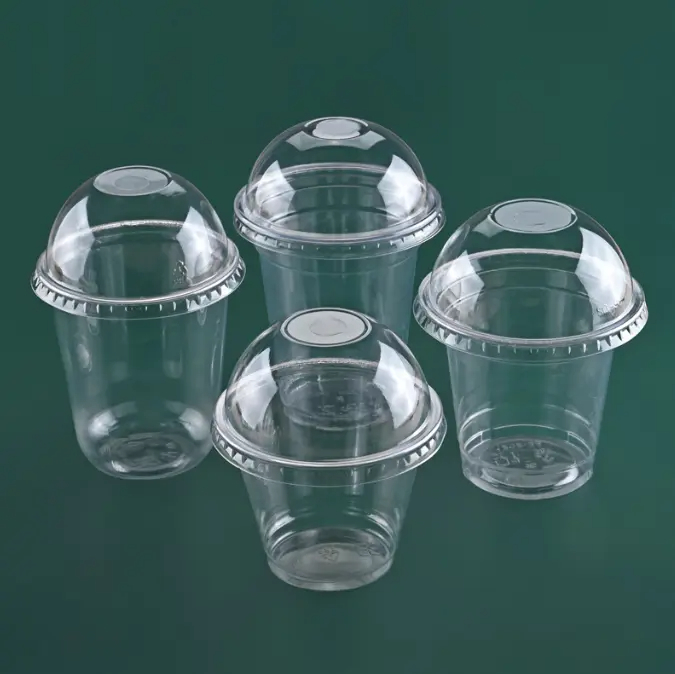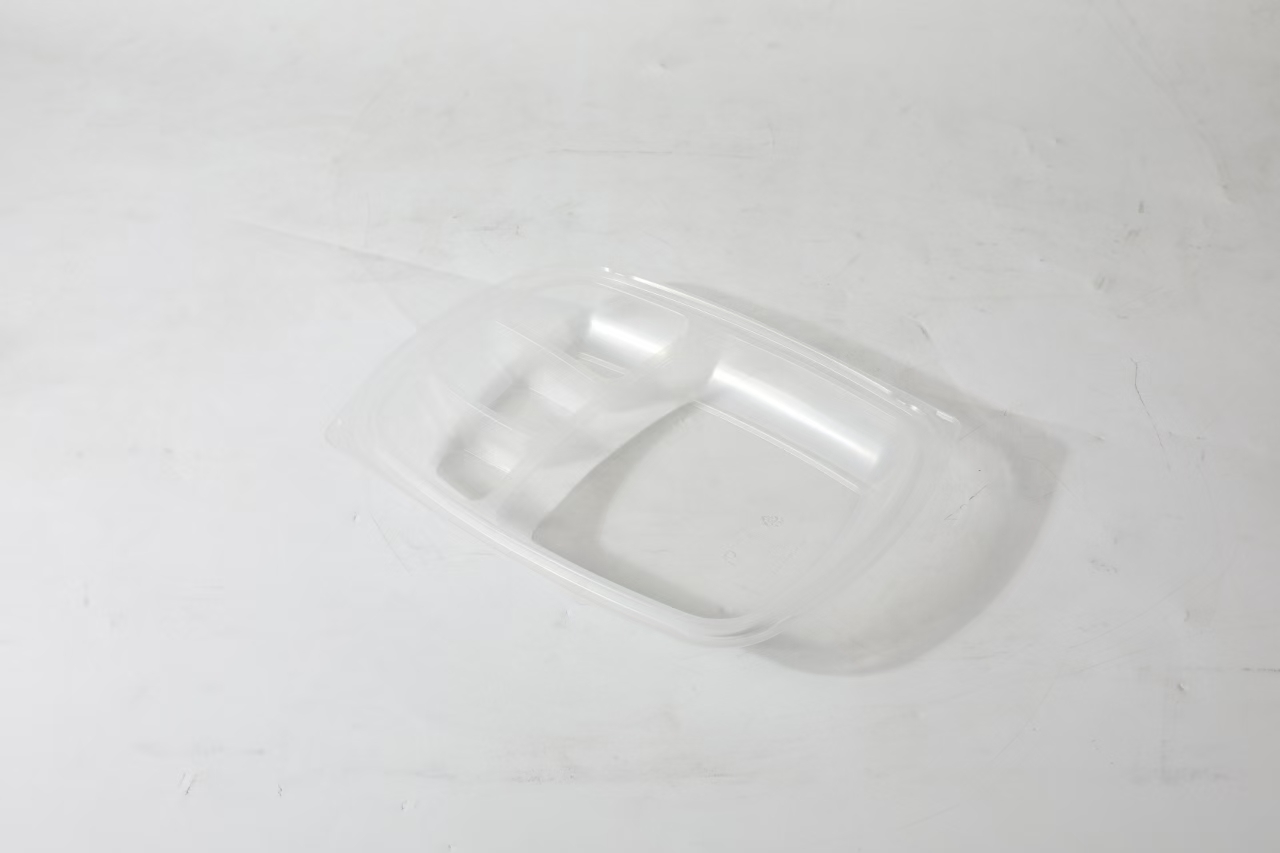
Thermoforming is a widely utilized manufacturing process where a plastic sheet is heated to a pliable forming temperature, formed to a specific shape in a mold, and trimmed to create a usable product. This process is known for its versatility, efficiency, and cost-effectiveness, making it ideal for industries ranging from food packaging to automotive and medical devices. But a crucial aspect of thermoforming lies in the type of plastic material used. Choosing the right plastic can influence not only the quality and durability of the end product but also the overall production efficiency and cost.
In this article, we will explore the most popular types of plastics used in thermoforming, delve into the characteristics of thermoplastics, and provide an in-depth analysis of the best plastics for thermoforming, such as High Impact Polystyrene (HIPS), Acrylonitrile Styrene Butadiene (ABS), Polyvinyl Chloride (PVC), and Acrylic. We will also include tables and comparisons to facilitate a clearer understanding of each material's advantages and ideal applications.
Popular Types of Plastics Used in the Thermoforming Process
The thermoforming process predominantly uses thermoplastics, which are plastics that become moldable upon heating and solidify upon cooling. These plastics are typically used in sheet form and can be reheated and reprocessed multiple times without significantly altering their chemical properties. This makes thermoplastics highly recyclable and cost-efficient.
The most popular plastics used in the thermoforming process include:
High Impact Polystyrene (HIPS)
Acrylonitrile Butadiene Styrene (ABS)
Polyvinyl Chloride (PVC)
Acrylic (Polymethyl Methacrylate or PMMA)
Polyethylene Terephthalate (PET & PETG)
Polypropylene (PP)
Polycarbonate (PC)
Polystyrene (PS)
Each plastic has its own unique properties, making it more suitable for specific applications such as food packaging, industrial trays, signage, or consumer goods. In the following sections, we will explore their characteristics in more detail.

Understanding Thermoplastics
Thermoplastics are a class of polymers that can be repeatedly melted and reshaped. They differ from thermosetting plastics, which, once set, cannot be remelted or remolded. This distinction is critical in thermoforming, where the plastic sheet must be reheated for forming without undergoing chemical degradation.
Key properties of thermoplastics include:
Recyclability: Can be melted and reused, making them eco-friendly.
Flexibility: Can be engineered to be either rigid or flexible.
Durability: Offer excellent impact resistance and can withstand environmental stress.
Chemical Resistance: Many thermoplastics resist corrosion from acids, alkalis, and other chemicals.
Categories of Thermoplastics
Amorphous Thermoplastics: These have a random molecular structure and soften gradually. Examples include ABS, PVC, and PS.
Crystalline Thermoplastics: These have a structured molecular arrangement, resulting in a sharp melting point. Examples include PP and PE.
Amorphous thermoplastics are more commonly used in thermoforming due to their predictable softening behavior and ease of processing.
Best Plastics for Thermoforming
Let's now look at the most widely used plastics in thermoforming and analyze their properties, advantages, disadvantages, and best applications.
High Impact Polystyrene (HIPS)
High Impact Polystyrene (HIPS) is one of the most commonly used plastics in thermoforming due to its affordability, ease of processing, and excellent printability.
Properties:
Applications:
Pros:
Cons:
Acrylonitrile Styrene Butadiene (ABS)
ABS is a strong, tough plastic that is highly popular in thermoforming for applications requiring higher impact resistance and durability.
Properties:
Applications:
Pros:
Strong and durable
Good heat resistance
Can be painted or plated
Cons:
Polyvinyl Chloride (PVC)
PVC is known for its excellent chemical resistance, flame retardancy, and formability. It comes in both rigid and flexible forms.
Properties:
Excellent chemical resistance
High strength-to-weight ratio
Flame retardant
Resistant to oils and greases
Applications:
Blister packaging
Construction panels
Medical device packaging
Credit cards
Pros:
Cons:
Acrylic (Polymethyl Methacrylate or PMMA)
Acrylic, also known by trade names like Plexiglas or Lucite, is favored for its optical clarity and weather resistance.
Properties:
Applications:
Display cases
Signage
Skylights
Protective barriers
Pros:
Glass-like clarity
UV stable
Scratch-resistant
Cons:
Comparison Table of Popular Thermoforming Plastics
| Plastic Type | Impact Resistance | Clarity | Chemical Resistance | Cost | Applications |
| HIPS | Moderate | Medium | Low | Low | Packaging, Displays |
| ABS | High | Low | Moderate | Medium | Automotive, Electronics |
| PVC | Moderate | High | High | Low-Medium | Medical, Construction |
| Acrylic | Low | Very High | Moderate | High | Signage, Displays |
Conclusion
In the thermoforming industry, the choice of plastic is paramount to the success of the final product. Each type of plastic—whether it's HIPS, ABS, PVC, or Acrylic—has its own set of benefits and limitations that suit different applications.
Understanding the properties of thermoplastics enables manufacturers to optimize their production process, reduce costs, and deliver high-quality end products. Whether you are developing packaging materials, automotive components, or medical devices, selecting the right plastic for thermoforming can make all the difference.
As technology continues to evolve, so does the demand for sustainable and high-performance materials. Keeping abreast of the latest trends and innovations in thermoforming plastics will position your manufacturing process at the forefront of efficiency and product excellence.
FAQs
What is the most common plastic used in thermoforming?
HIPS (High Impact Polystyrene) is one of the most common plastics due to its low cost and ease of forming.
Is ABS better than HIPS for thermoforming?
ABS offers better impact resistance and durability, making it ideal for industrial applications, but it is more expensive than HIPS.
Can PVC be used in food packaging?
Yes, PVC can be used for food packaging, especially in blister and clamshell packaging, provided it is stabilized with food-safe additives.
Why is acrylic used in thermoforming?
Acrylic is used for its excellent optical clarity and weather resistance, suitable for displays and signage.
Are thermoforming plastics recyclable?
Yes, most thermoplastics used in thermoforming are recyclable, making the process more sustainable.















